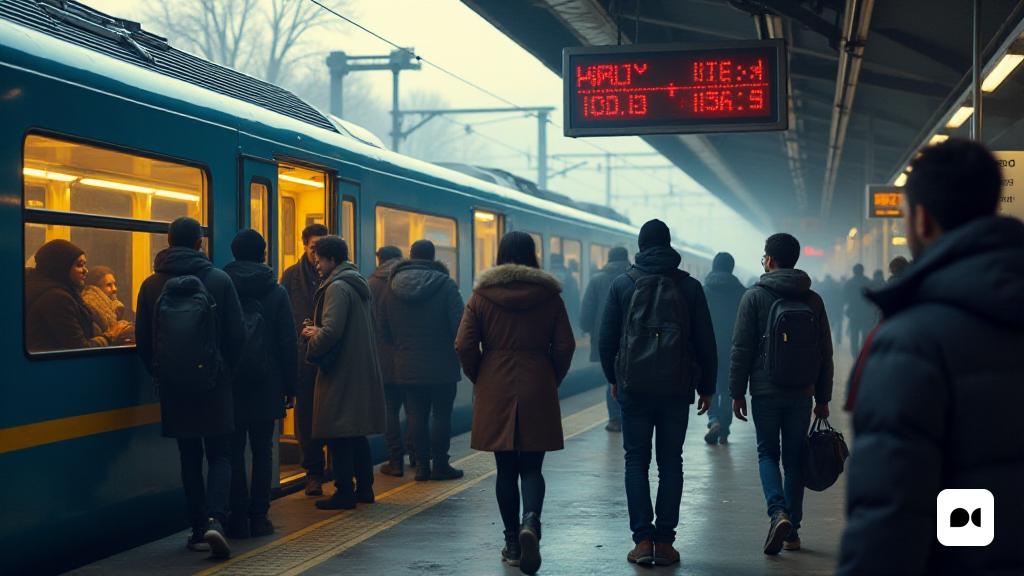The reality of young migrants in everyday environments
Every morning, a large number of young migrants go to their schools or jobs using public transport. Many of them share experiences of distrust and prejudice, relating how people around them change their seat or look at them. This form of racism, which is often hidden, has a negative impact on its self -esteem and emotional well -being.
Urgency and inequality: a constant dilemma
Young migrants are often in emergency situations, struggling to regularize their legal situation, find work and prevent lack of roof. In this context, racism can go into the background, but it is crucial to ask if we are really working to create a fairer and more intercultural society. Are we providing the right tools to deal with these inequalities?
Education as a engine of change
Creating a safe and cozy atmosphere is an essential first step, but it is not enough. Training must provide practical resources that allow students to understand and combat racism effectively. At a time when xenophobic ideas are gaining ground, we cannot just say that discrimination should not exist; We need specific actions.
Internal Reflection: The first step toward action
It is essential that educators examine themselves and recognize their own prejudices. Only in this way will they be able to address discriminatory situations effectively and teach students how to defend their rights. With 26% of hatred discourses aimed at migrant people, it is urgent to dismantle these narratives to provide strategies that foster inclusion.
Question our educational practices
In the educational field, it is important to establish mechanisms of reflection and debate on our interventions. Questions as if we are using inclusive language or if we are aware of our own stereotypes can be decisive for a really anti -racist education.
Key questions for reflection
Some questions to keep in mind include: am I approaching cultural diversity in my classes? Am I ready to deal with racist attitudes that may appear? Am I creating a space where students feel comfortable talking about their experiences with discrimination?
Effective strategies for the classroom
To combat racism in the educational context, it is essential to implement various strategies. Guided talks where students can share their experiences, learning from real situations and the presentation of positive references are just some of the techniques that may be useful.
Emotional education as a tool of endurance
Promoting emotional management is vital to racist violence. As a community, we must recognize our responsibility and teach students to take care of themselves, it is also a way to resist, not only to face situations directly.
A collective commitment to a better future
Education cannot completely eradicate structural racism, but it can be a transformative agent. It is imperative that the educational community be involved in the fight against racism, creating safe spaces and equipping students with the tools they need to identify, face and combat discrimination. The connection between education and anti -racism is a responsibility that we cannot ignore.

